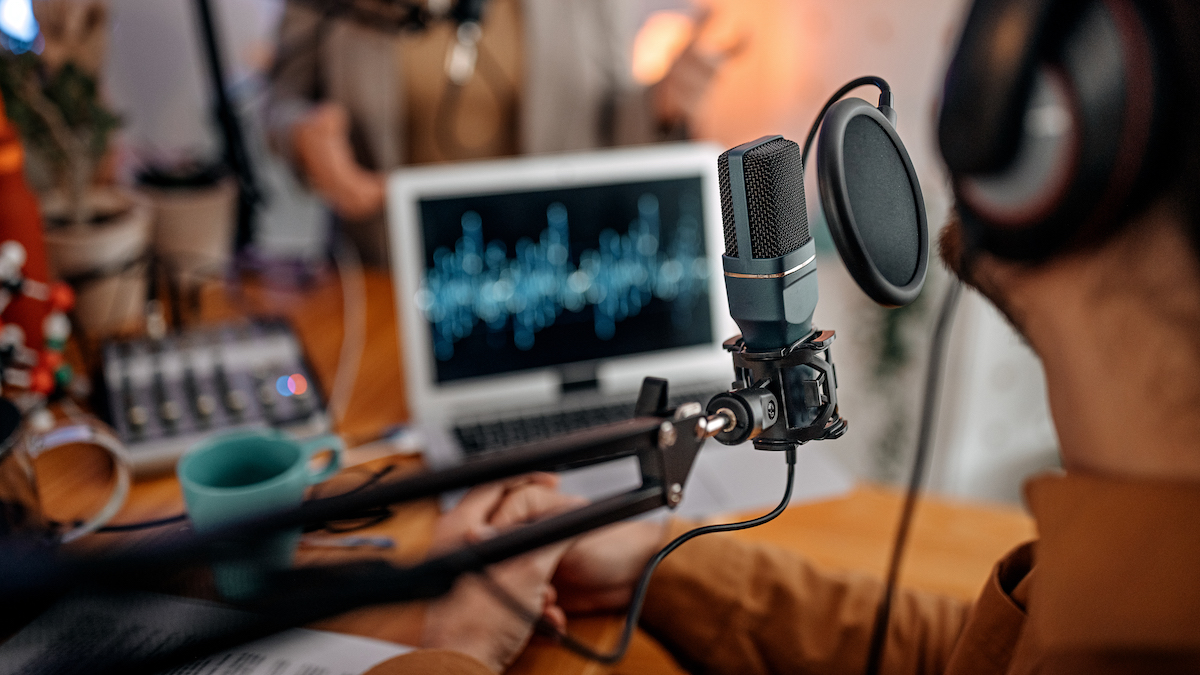N
NeedMicrophoneHelp
Member
1: My understanding is that the second one listed here ("Blue Microphones Yeti USB") is the best microphone (unless you want a fancy/expensive one):

 www.musicradar.com
www.musicradar.com
Superb value for money
Versatile
Tough as old boots
USB only
2: I'm trying to get Noam Chomsky a better microphone. Can you guys listen to this clip and tell me what's wrong with his audio (it doesn't sound very good to me, at least)?
3: Note that Noam Chomsky has an *extremely* hard-to-record voice. It's probably the most hard-to-record voice on Planet Earth.
4: Why does Chomsky sound so fantastically good here And is the comment below accurate?
This is an aside, but I’m so happy your sound engineer knows how to record Chomsky in his age. As a musician it can be so frustrating on other platforms to hear someone throw up a mic with standard settings on this wonderful but soft-spoken man. The noise floor and plosives shoot through the roof!
Yes! SM7b with the highs rolled off!
Ok I’m stopping my sound rant there.
5: Chomsky's current microphone says "audio-technica" on it. I *think* that his current microphone is the one that's visible here: Can you guys identify the model of his current microphone?

Best podcasting microphones 2025: our expert picks for every budget and level, with audio demos
Record your next podcast or stream your heart out with the very best podcast mics, including our recommendations under $100/£100
Superb value for money
Versatile
Tough as old boots
USB only
2: I'm trying to get Noam Chomsky a better microphone. Can you guys listen to this clip and tell me what's wrong with his audio (it doesn't sound very good to me, at least)?
3: Note that Noam Chomsky has an *extremely* hard-to-record voice. It's probably the most hard-to-record voice on Planet Earth.
4: Why does Chomsky sound so fantastically good here And is the comment below accurate?
This is an aside, but I’m so happy your sound engineer knows how to record Chomsky in his age. As a musician it can be so frustrating on other platforms to hear someone throw up a mic with standard settings on this wonderful but soft-spoken man. The noise floor and plosives shoot through the roof!
Yes! SM7b with the highs rolled off!
Ok I’m stopping my sound rant there.
5: Chomsky's current microphone says "audio-technica" on it. I *think* that his current microphone is the one that's visible here: Can you guys identify the model of his current microphone?
Last edited:

